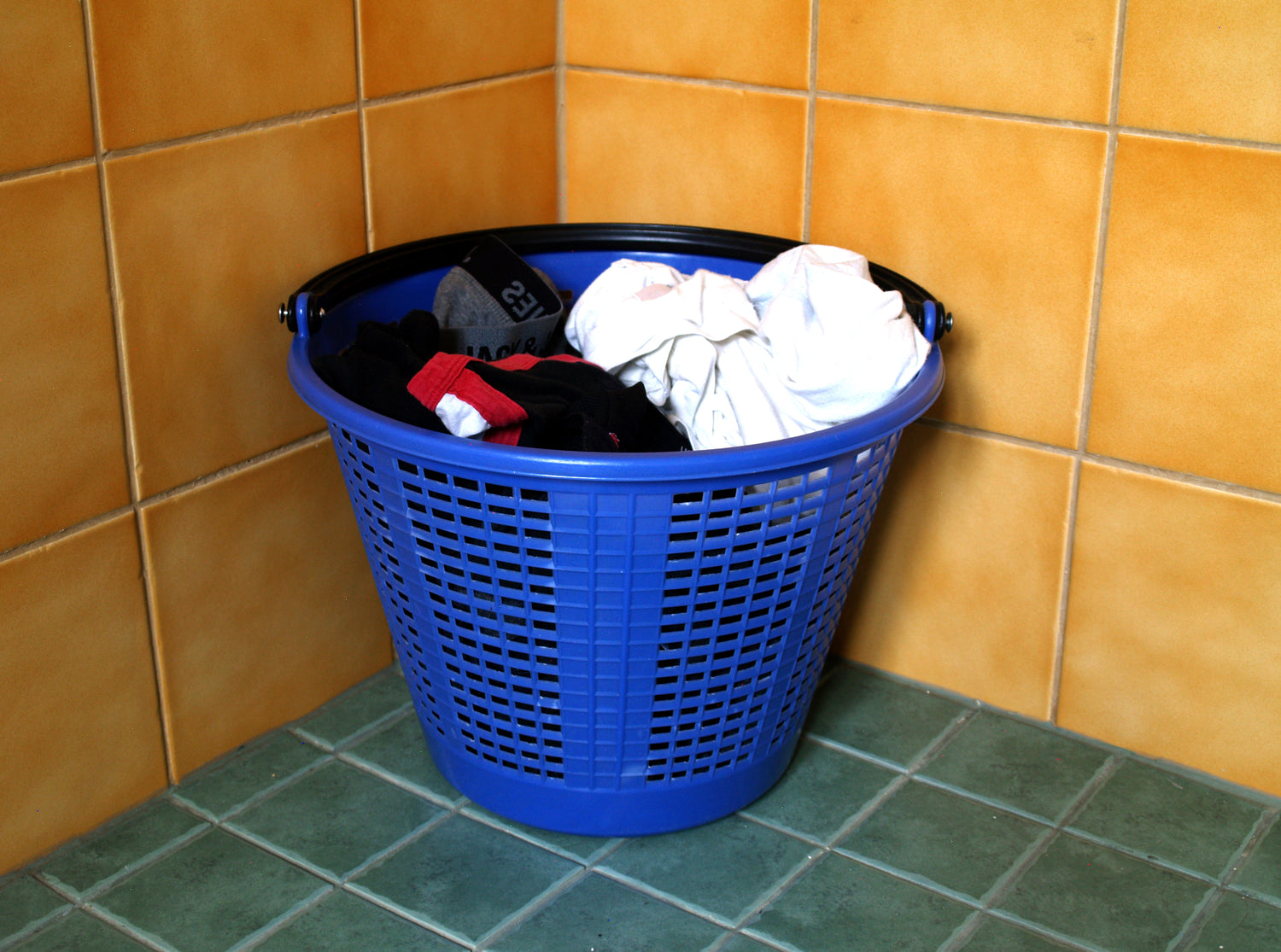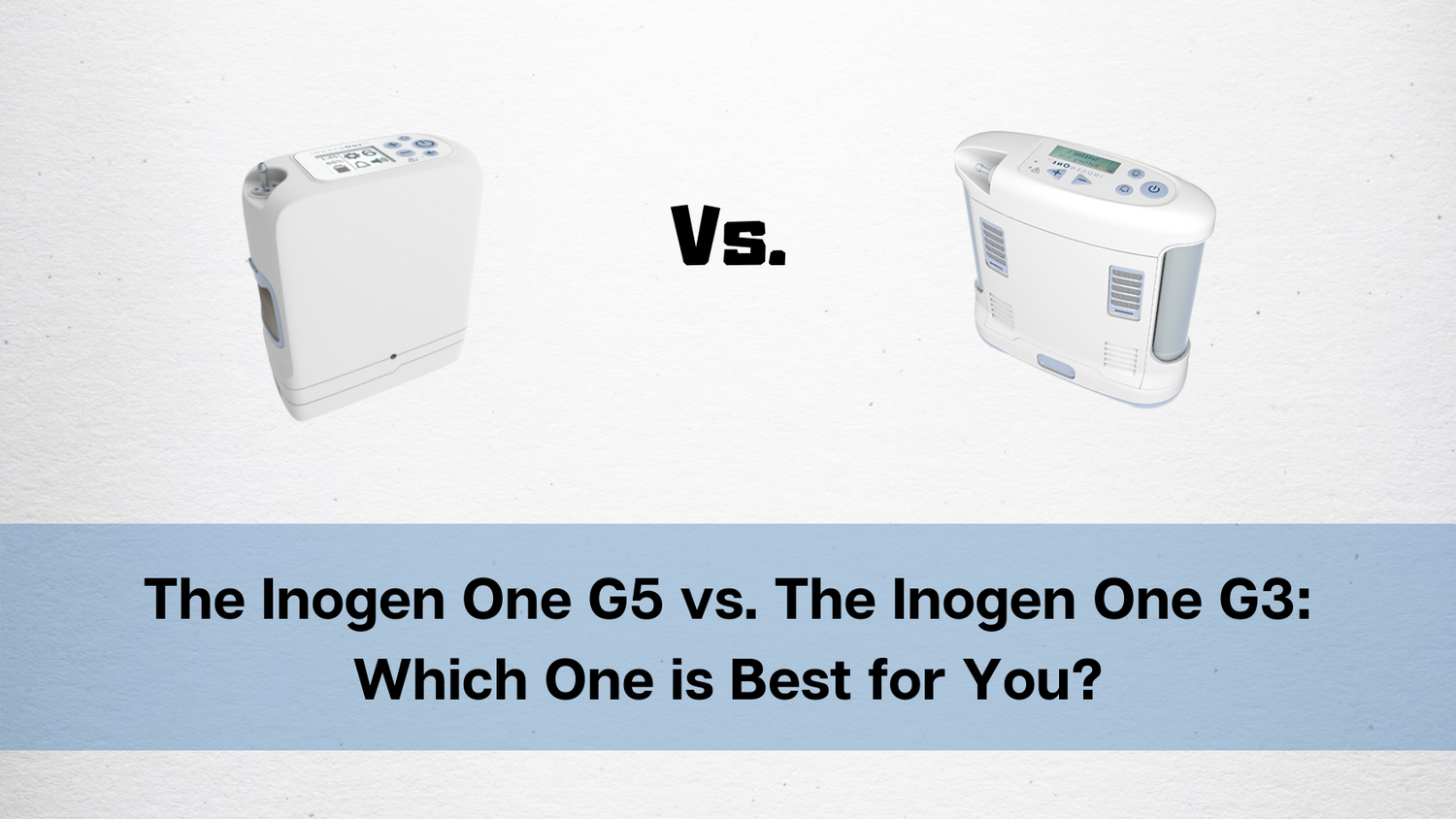Respiratory Resource Center - LPT Medical
33 Practical Strategies to Make Household Chores Easier with COPD
It's safe to say that most people don't...
Read MoreCleaning and Maintenance Best Practices for the Inogen One G5
If you’re someone who wants to get the most...
Read MoreThe Inogen One G5 vs. The Inogen One G3: Which One is Best for You?
With so many great oxygen concentrators on the market...
Read More


